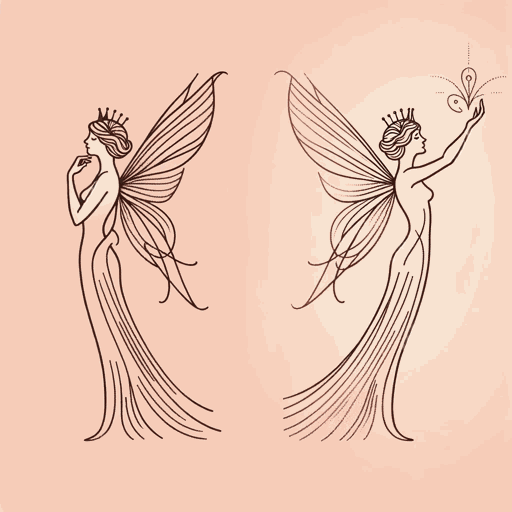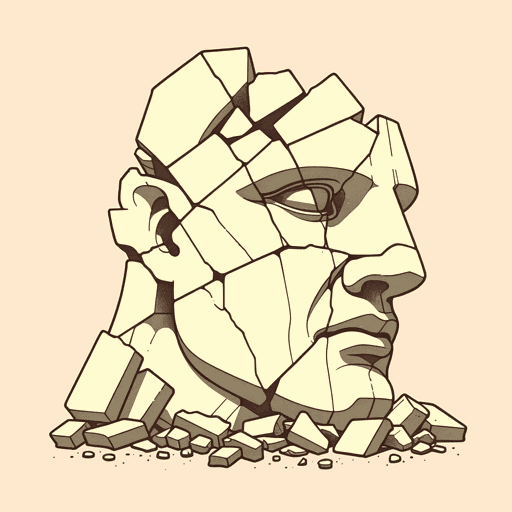17 pages • 34 minutes read
Percy Bysshe ShelleyOzymandias
Fiction | Poem | Adult | Published in 1818A modern alternative to SparkNotes and CliffsNotes, SuperSummary offers high-quality Study Guides with detailed chapter summaries and analysis of major themes, characters, and more. For select classroom titles, we also provide Teaching Guides with discussion and quiz questions to prompt student engagement.
Themes
The Transience of Tyranny
Throughout his career, Shelley dedicated a substantial amount of energy to criticizing tyranny, both in his literary works and his personal life. The most important theme in “Ozymandias” is the ephemerality of power and fame. Shelley does not contest that Ozymandias’s fame and power were real when he was alive; rather, he highlights the fact that they were fleeting. All power is temporary, no matter how rich, angry, or forceful the ruler.
For a staunch republican like Shelley, Pharaonic Egypt was a potent symbol of the fall of monarchical power. One of the longest-lived civilizations on earth, Egypt’s monuments, ravaged by time, were being seen for the first time in English society in Shelley’s day. While the remains of the Ramses statue had not yet arrived at the British Museum, its discovery by archaeologists was announced earlier that year in 1817.
For Shelley, these monuments embodied a once-great empire laid low. The poem’s subject, Ramses II, was known especially for his military conquests and many public works projects. He might even be the tyrannical pharaoh referred to in the Bible’s Book of Exodus, though it is unclear if Shelley would have been aware of this connection. It is likely that the poet had a more contemporary symbol of imperialism in mind: Napoleon Bonaparte.
Related Titles
By Percy Bysshe Shelley

A Defence of Poetry
Percy Bysshe Shelley

Adonais
Percy Bysshe Shelley

Alastor; or, The Spirit of Solitude
Percy Bysshe Shelley

Mont Blanc: Lines Written in the Vale of Chamouni
Percy Bysshe Shelley

Mutability
Percy Bysshe Shelley

Ode to the West Wind
Percy Bysshe Shelley

Prometheus Unbound
Percy Bysshe Shelley

Queen Mab: A Philosophical Poem
Percy Bysshe Shelley

The Masque of Anarchy
Percy Bysshe Shelley

The Triumph of Life
Percy Bysshe Shelley

To a Skylark
Percy Bysshe Shelley

